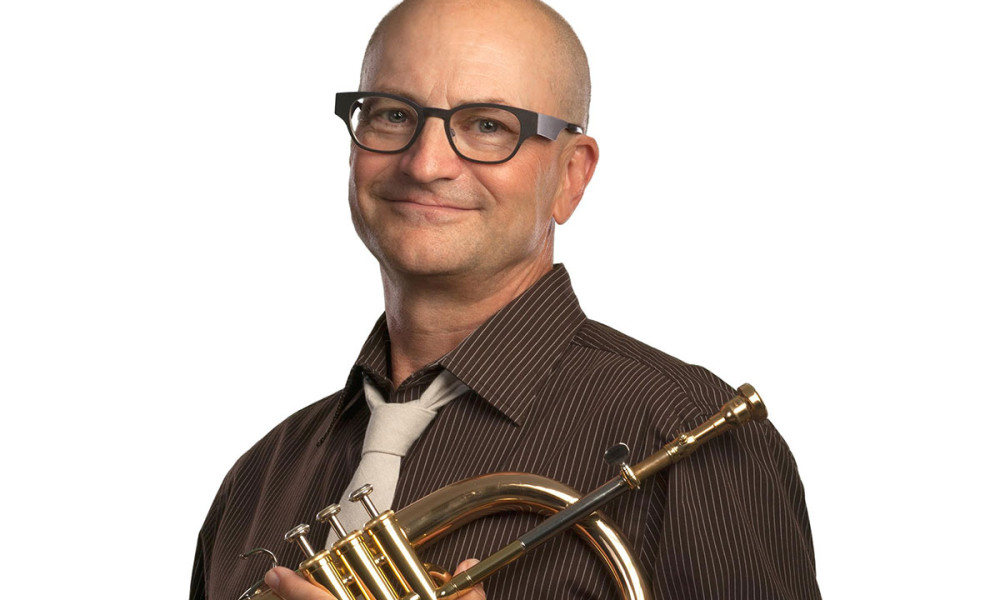A brass pipe has resonant points or vibrational frequencies that correlate to the overtone series. These partials or harmonics represent all the pitches that can be played on a single valve combination or slide position. The length of the pipe determines the fundamental pitch from which the overtones are derived, according to a series of intervals that become smaller as they ascend (octave, fifth, fourth, major third, minor third, smaller minor third, major second, smaller major second).
When a note precisely corresponds to one of the horn’s resonant frequencies, the overtones are sympathetically set into vibration, and the tone quality is vibrant. This sweet spot is known as playing in the center of the pitch. Playing on the high or low side of a note dulls the tone quality. While it is unavoidable that we must sometimes push a note up or down to play in tune, you should always be aware of where the center of a note lies. The best exercise to develop this understanding is note bending.
Note bending is sometimes referred to as lip bending although it has more to do with air than lips. When you bend a note away from the center of the pitch, you fight the instrument, forcing it away from its resonant frequency. Allowing the pitch to “snap back” produces a note that feels easier and sounds better, perhaps even more so than it did before the bend.
Traditional note bends maintain the fingering of a note while the pitch is bent down a half step or more.
What I term “reverse note bends” maintain the pitch as you switch fingering to a note a half step above. (For more details on these types of note bends, see John Daniel’s “Special Studies for Trumpet.”) The reverse bends are harder but are highly effective for establishing firm control of the note.
Note bends can be integrated into other exercises. They are very effective when combined with a long tone. After the bend, search for the slot where the note feels the most stable as you sustain.
Use tone quality as a guide—if it sounds good, it’s right!


